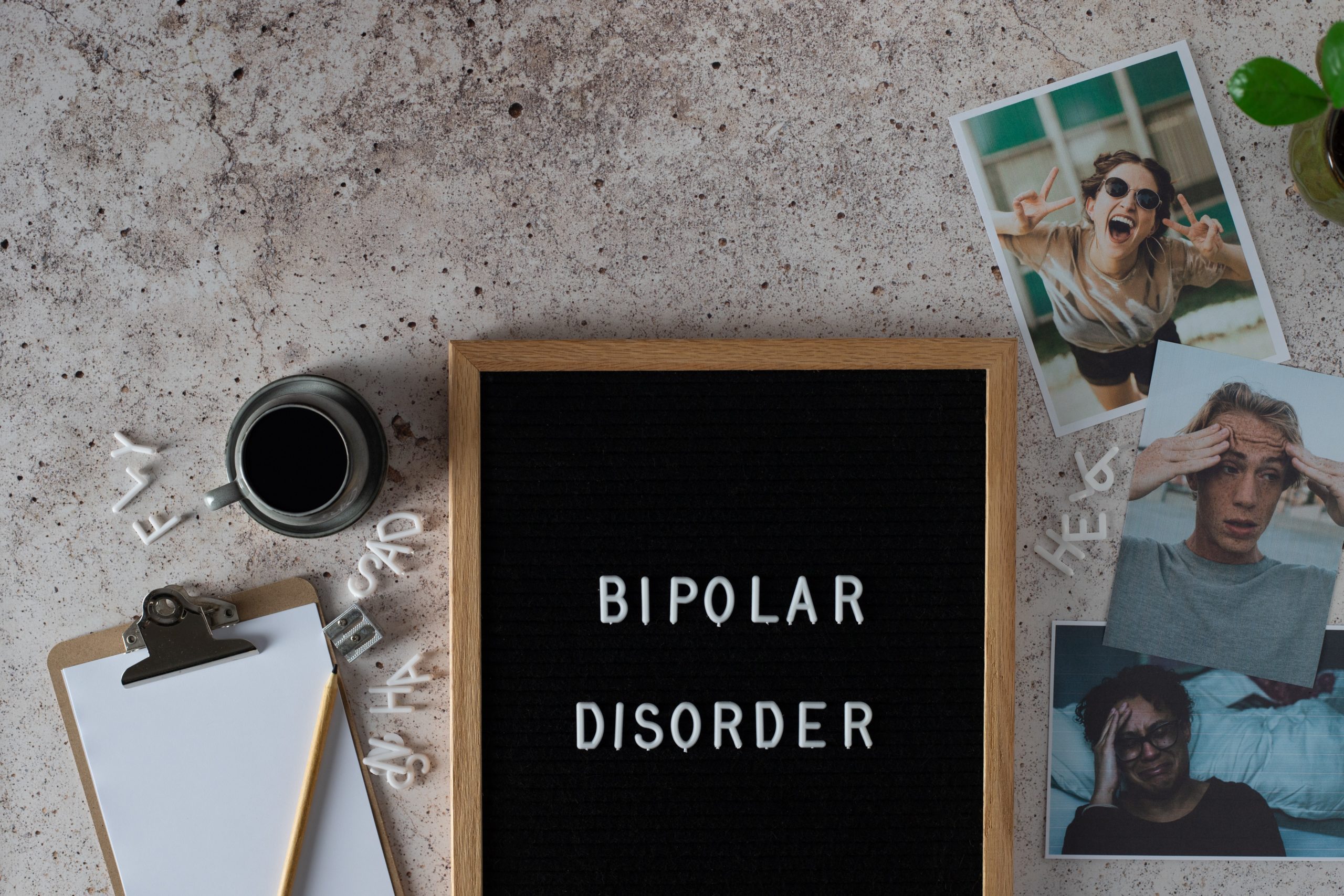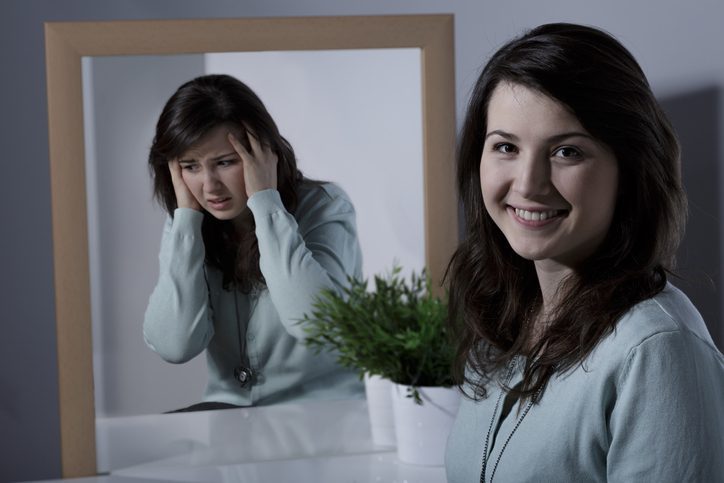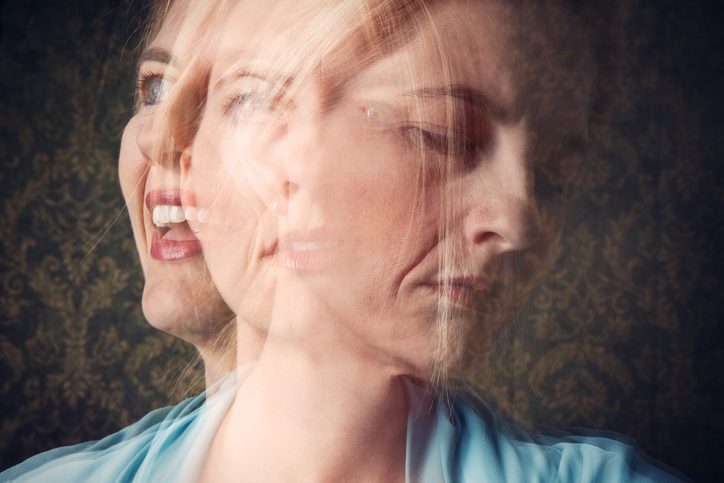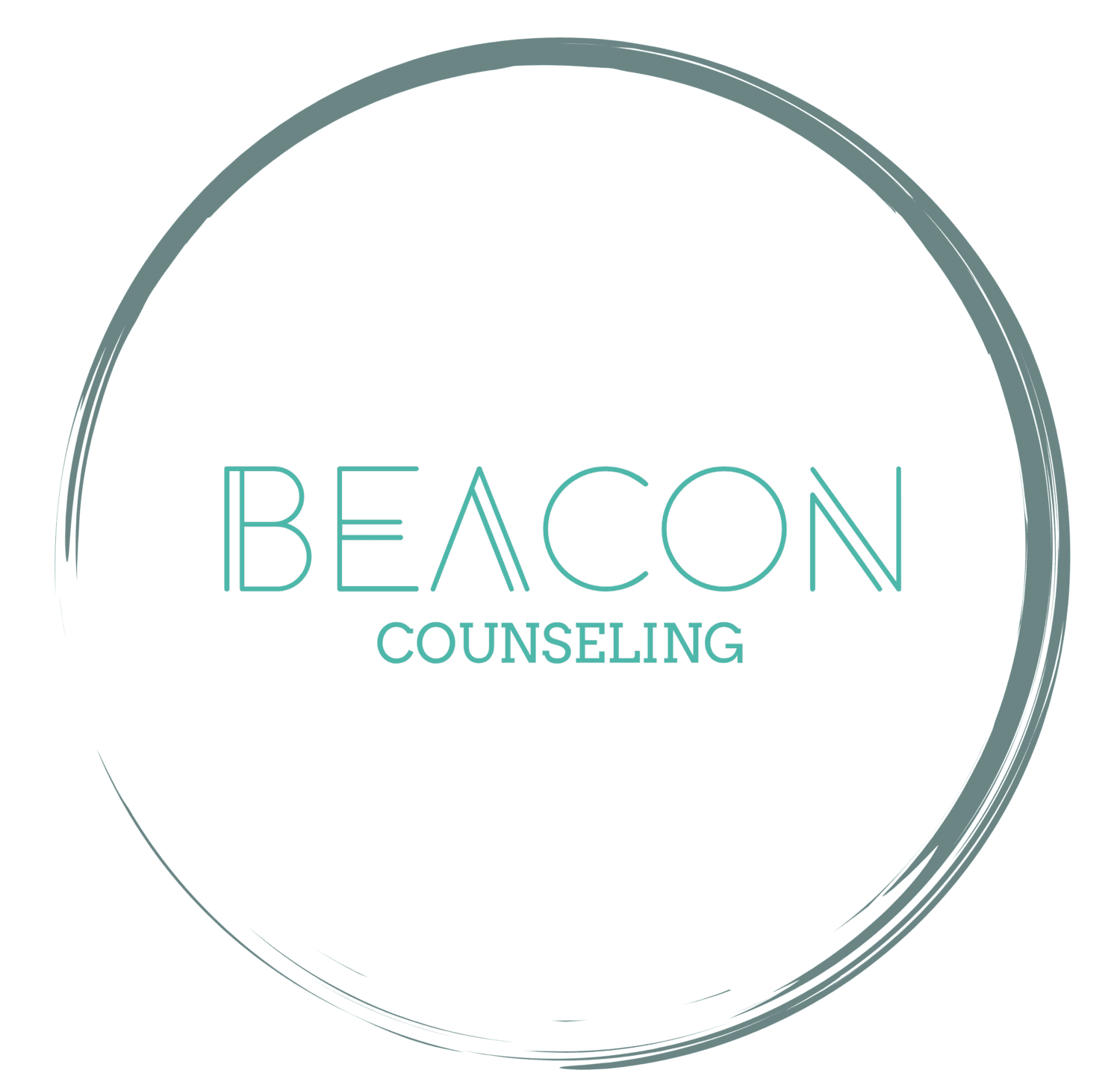

What is Bipolar Disorder and What are the Effective Types of Therapies Best Suited?
In the United States, bipolar disorder affects about 6% of the population, with a male-to-female prevalence ratio of about 1.1:1. According to the National Institute of Mental Health, Bipolar Disorder affects over 5.7 million adults in the United States each year, or about 2.6 percent of the population aged 18 and above [1]. Bipolar disorder is a mental health disorder that can be hard to determine and treat. It is distinguished by extreme mood swings, ranging from high and energized to low and depressed. If you or someone you know is experiencing these symptoms, you must seek medical attention as soon as possible. With the significance of bipolar disorder stated, let’s now dive into this blog to explore the effective types of therapies best suited for bipolar disorder.
Bipolar Disorder
The Diagnostic and Statistical Manual of Mental Disorders (DSM-5) of the American Psychiatric Association defines bipolar illnesses as a collection of brain disorders that produce severe fluctuations in a person’s mood, energy, and ability to function [2]. Bipolar disorder is one of the most severe mental illnesses to manage. It’s not only because it’s tough to identify; so many varied symptoms might alter in intensity and frequency over time.
The disorder is characterized by times of depression, episodes of mania or hypomania, and periods where a person is neither depressed nor manic. These mood fluctuations are typically unpredictable and uncontrollable for those with bipolar disorder.


Types of Bipolar Disorder
Bipolar disorder is a mental condition in which people’s moods, energy, and activity levels fluctuate dramatically.
Bipolar disorder is categorized into four major types:
- Bipolar I Disorder
- Bipolar II Disorder
- Cyclothymic Disorder
- Unspecified Bipolar Disorder and Related Disorders
Bipolar I Disorder
Bipolar I disorder is a mental health condition in which persons experience phases of depression and mania. Because of their severe emotional state, it can be difficult for persons with the disease to function in everyday life.
The two major episodes of bipolar I disorder are:
- Manic Episode
- Hypomanic Episode
To diagnose bipolar I disorder, it is necessary to meet the criteria of manic episodes. A manic episode is a distinct period of abnormal and persistent or elevated and expansive or irritable mood and abnormally and persistently increased activity or energy lasting at least one week, present most of the day, nearly every day, or any duration. The manic episode may have been preceded by and may be followed by hypomanic major depressive disorder.
Manic Episode
A manic episode is defined as a period of at least one week during which a person is excessively elated or agitated for most of the day on most days, and has more energy than usual. During the period of mood disturbance, an increase in injury activity, three or more of the following symptoms for if the mood is only irritable are present to a significant degree and represents a noticeable change from unusual behavior and exhibits some of the following behavioral changes:
- Inflated self-esteem and grandiosity
- Decreased need for sleep
- More talkative than usual or pressured to keep talking
- Flight of ideas or subjective experience that thoughts are racing
- Distractibility attention to easily drawn to unimportant or irrelevant external stimuli as reported or observed
- Increasing goal the mood disturbance is sufficiently severe to cause marked impairment in social or occupational functioning directed activity either socially and, at work or school, or sexually or psychomotor agitation i.e. purposely non-goal-directed activity
- Excessive involvement in activity that has a high potential for painful consequences i.e. engaging in unrestrained buying spree sexual indiscretions or foolish business investments
If necessary, hospitalization is needed to prevent harm to self or others. There are psychotic features associated as well. The episode is not attributed to physiological effects of substances, i.e., a drug abuse medication or other treatment or another medical condition. Note that a full manic episode emerges during antidepressant treatment, i.e., medication ECT, but persists beyond the physiological effect at the Foley syndrome level. The treatment is sufficient evidence for a manic episode during mood disturbance and increased energy activity. Three or more of the above symptoms have persisted, represent a notable change from unusual behavior, and have been present significantly.


Hypomanic Episode
A hypomanic episode is defined by milder manic symptoms lasting four days rather than a week. Hypomanic symptoms do not pose the same severe problems in daily life that manic episodes do. It is distinguished by a distinct period of abnormal persistent elevator expansive irritable mood, and abnormal continuous increased activity and energy lastingly score consecutive days present nearly every day.
Major Depressive Episode
A major depressive episode lasts at least two weeks and five or more of the following symptoms have been present during the same two-week period and represent a change from the previous function.
- Being either in a depressed mood or loss of interest state.
- Markedly diminished interest
- Significant weight loss without dieting
- Insomnia or hyper insomnia nearly every day
- Psychomotor agitation nearly every day
- Fatigue or loss of energy nearly every day
- Feelings of worthlessness and excessive inappropriate guilt
- Diminished ability to think or concentrate or indecisive
- Recurrent thoughts of death
The symptoms cause clinically significant distress or impairment in social, occupational, or other important areas of functioning. The episode is not attributed to physiological effects or substance of another medical condition. For bipolar I disorder, a criterion has been met for at least one manic episode in the occurrence of major depression, which is not explained by other mental health disorders.
Bipolar II Disorder
In the United States, the prevalence of bipolar two disorder is 8%. In order to diagnose bipolar II disorder, it is necessary to meet the criteria for a current or past hypomanic episode as discussed above and the criteria for an existing or past major depressive episode. Between episodes, people resume their normal routine. Because hypomanic episodes can seem delightful and even improve performance at work or school, people with bipolar II illness frequently seek therapy after their first depressive episode.
Other mental illnesses, such as anxiety or substance use disorders, are common in people with bipolar II disorder. The latter can exacerbate symptoms of sadness or hypomania.


Types of Therapies Best Suited for Bipolar Disorder
As discussed above, bipolar I and bipolar II disorders are characterized by periods of manic episodes, depressive episodes, or hypomanic episodes. When we think about treatment for these disorders, it’s essential to see past this diagnosis and think about the person.
Someone struggling with bipolar disorder can benefit from a range of therapy modalities in conjunction with medication management. For example, cognitive-behavioral therapy looks at how our thoughts affect our emotions and does not result in behaviors.
For someone struggling with depression or diagnosed with bipolar disorder exploring cognitive distortions can be helpful. CBT looks at how to reframe these cognitive distortions that could increase depression.
Narrative therapy is another modality that could be helpful. Narrative therapy looks at the stories one tells oneself and others and how they relate to one another.
If someone is struggling with mania or hypomania, one of the goals is to reduce excessive spending and risky behavior; solution-focused therapy could be beneficial.
Suppose someone is struggling with mania or hypomania; in that case, one of the goals is to reduce excessive spending and risky behavior. Setting appropriate goals and medication management can help decrease the symptoms of mania.


Furthermore Therapies for Bipolar Disorder
Bipolar disorder is treated with a variety of therapy. Pharmacological, Psychological, and Complementary therapies are the other three categories available. Medications are used in pharmacological therapy to treat symptoms of bipolar disorder, including sadness and mania. Psychosocial therapies educate patients on how to control their moods and emotions, so they don’t have manic or depressed episodes in the future. Complementary therapies are used in conjunction with standard bipolar illness treatments, such as medication or psychotherapy, to improve effectiveness.
Wrapping Up…
It is critical to find a good therapist as he/she is someone who knows your situation, listens to what you have to say, and gives you a safe space to express yourself. He/She assists you in better understanding your bipolar disorder condition and determining the best course of therapy. At the end of the day, it’s essential to find a good rapport with the therapist that you’re working with. They are trained to know about bipolar disorder and explore the areas contributing to this experience for the individual.
Do you struggle with bipolar disorder? Do you require a listening ear? Please get in touch with us. Together, let’s figure it out.
References
- https://www.dbsalliance.org/education/bipolar-disorder/bipolar-disorder-statistics/
- https://www.psycom.net/bipolar-definition-dsm-5/

